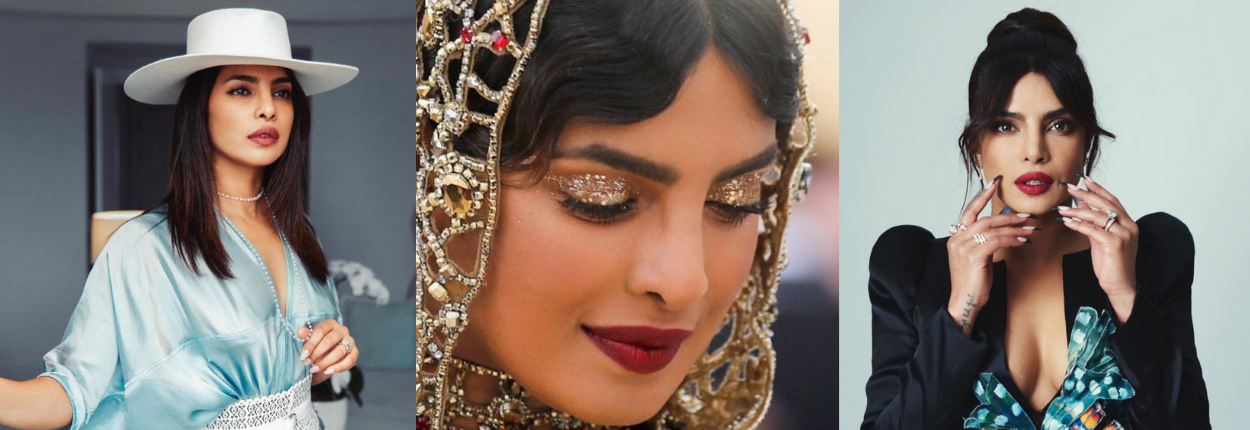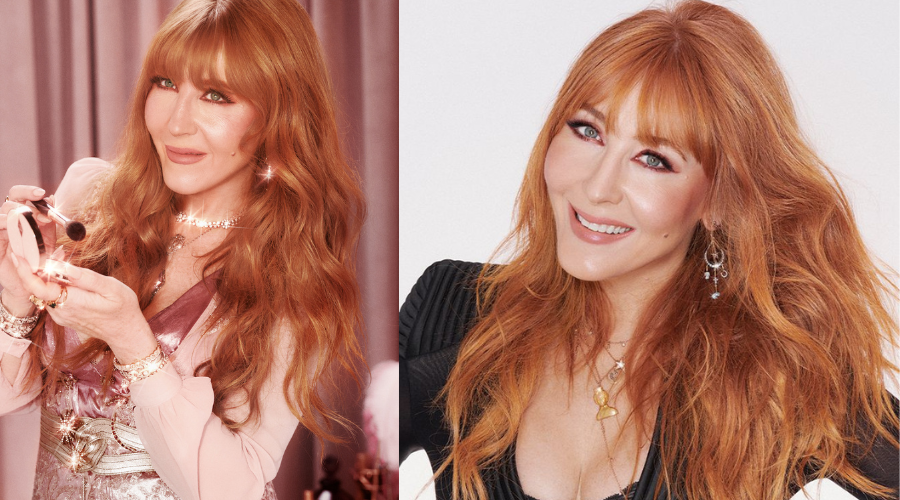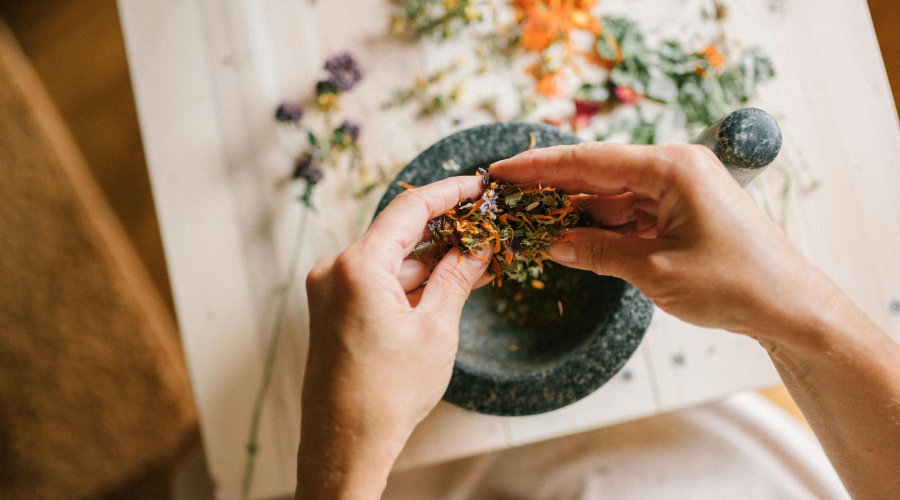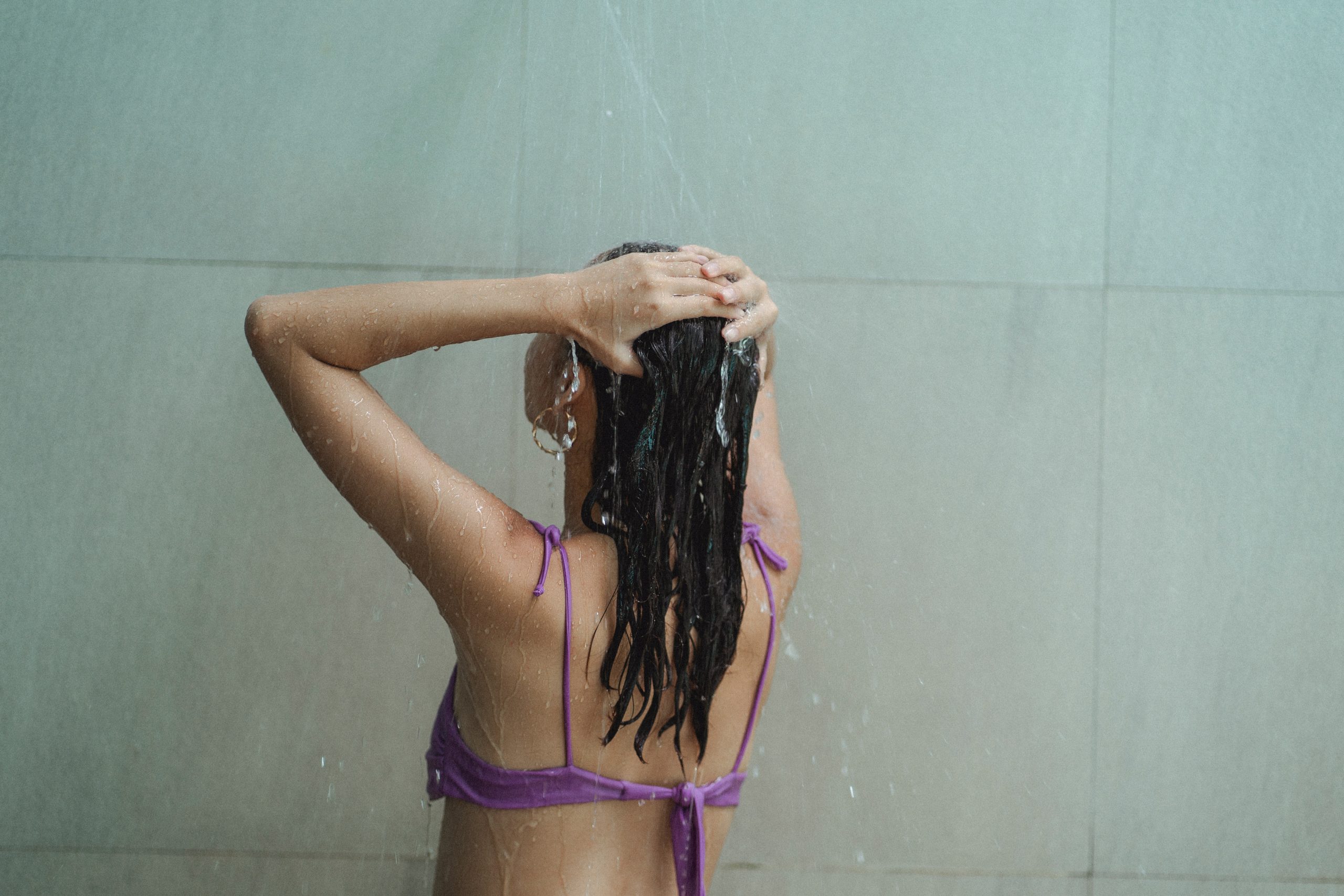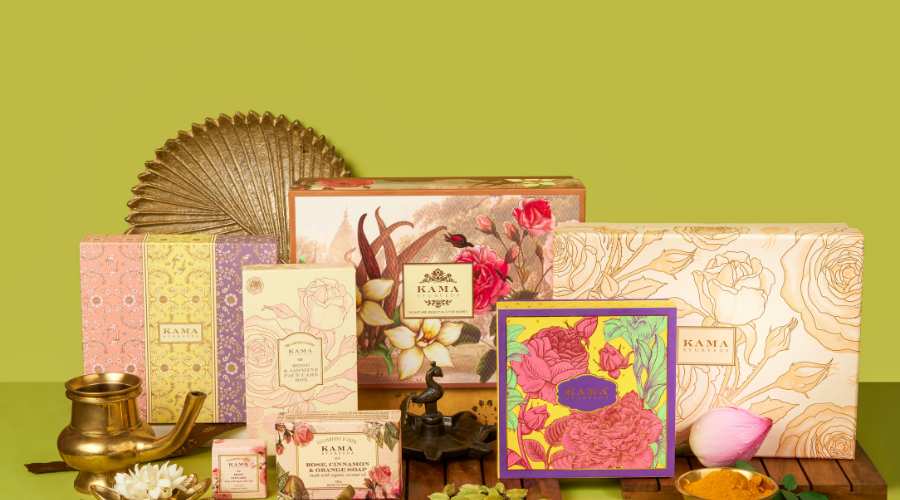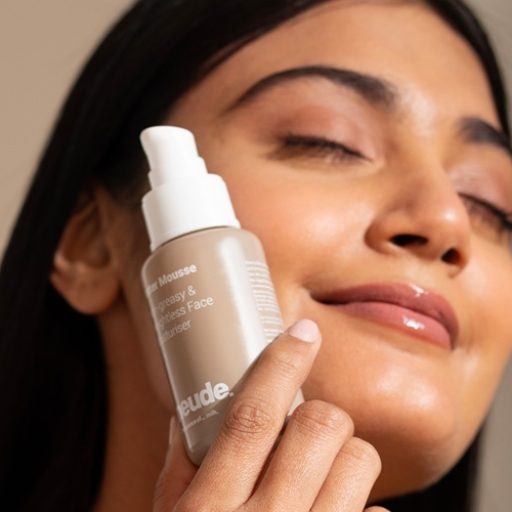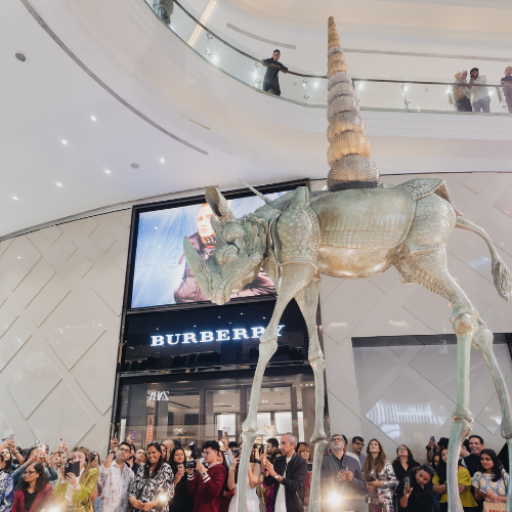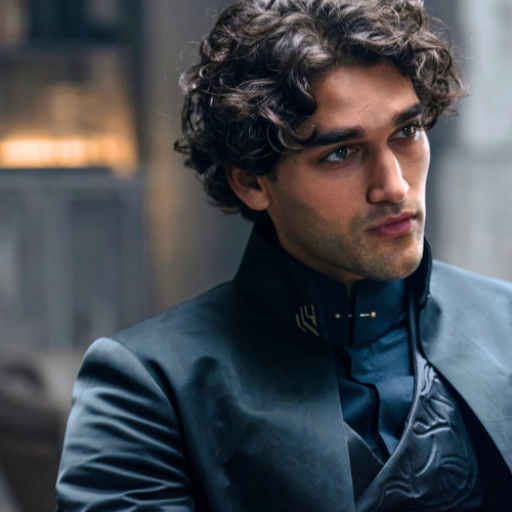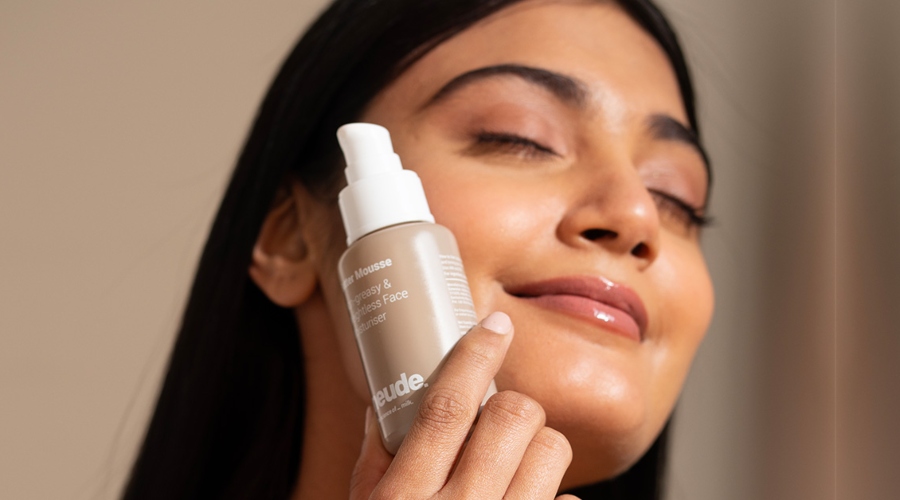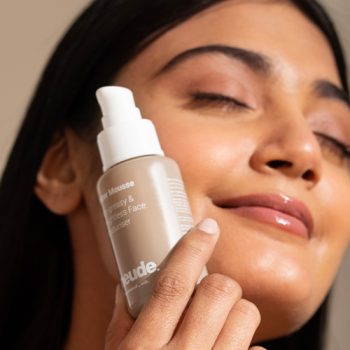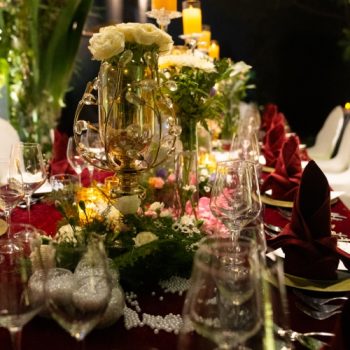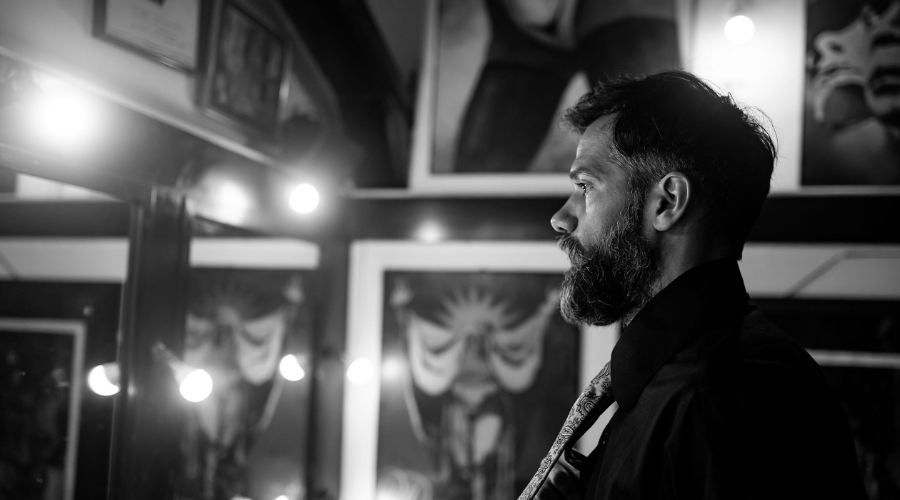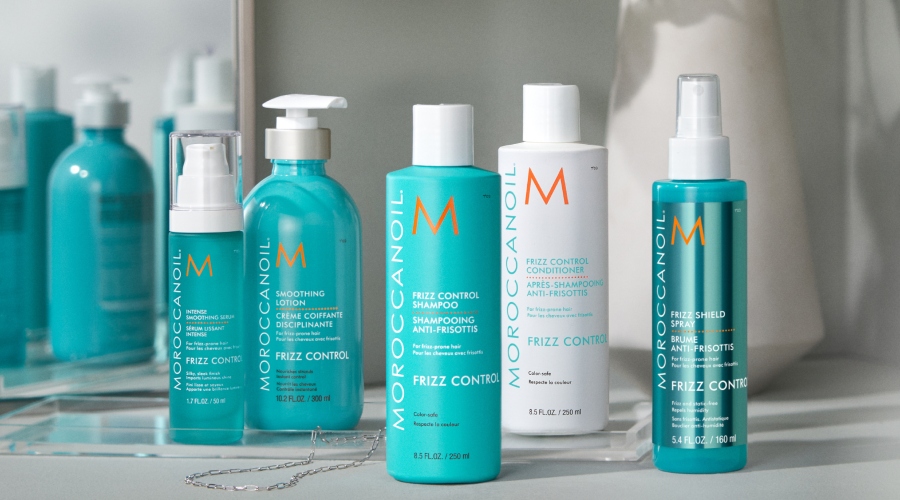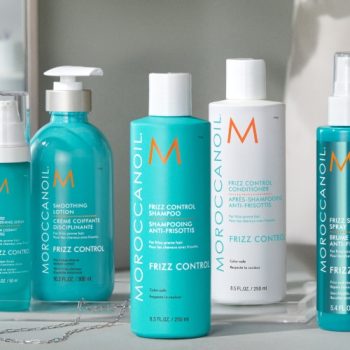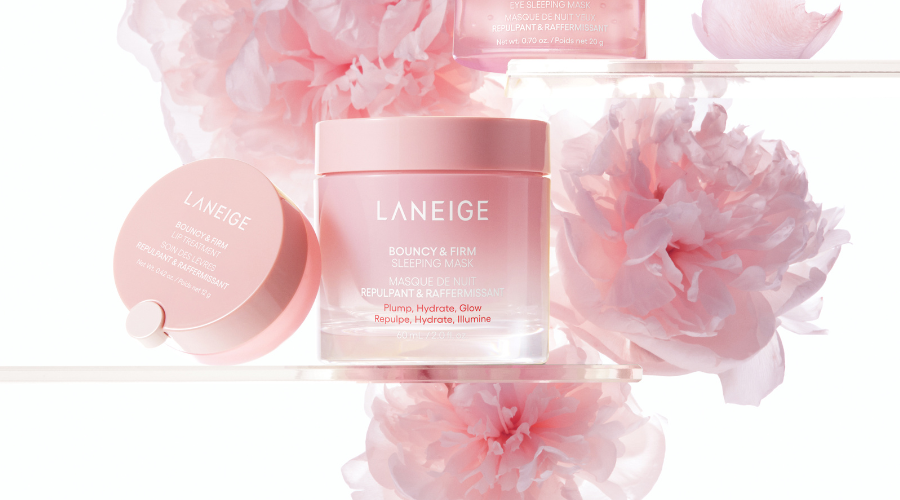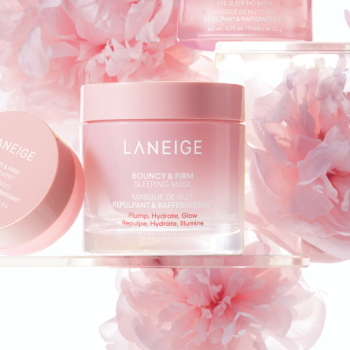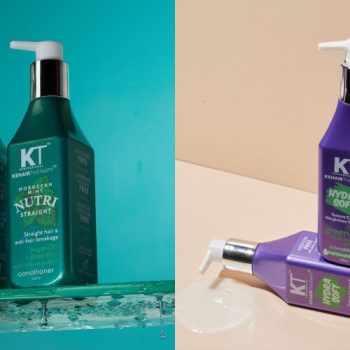In the age of attention, the truism, ‘A picture is worth a thousand words,’ is more relevant than ever. It’s why SUGAR’s special edition advent calendar, with special packaging created in collaboration with popular illustrator Alicia Souza, is memorable. Beauty brands are investing time and money in creating artistic visuals for intriguing storytelling.
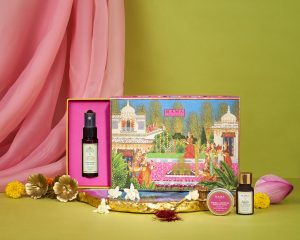
“When brands incorporate art into their communication, it resonates with consumers at a personal level. It allows them to connect with the brand, feel the emotions that the art uniquely evokes, and understand the narrative,” says Keerthana Ramakrishnan, Chief Marketing Officer, 82 ̊E. The brand, co-founded by actor Deepika Padukone, has recently collaborated with Bangalore-based illustrator Rae Zachariah to design unique travel and self-care inspired pouches.
Finding Inspiration
The connection between art and beauty runs deep. “Over the ages, we’ve used works of art to define and set the standard for beauty. I believe the two coincide most powerfully in the way they can evoke the deepest of emotions,” Ramakrishnan says. Traditionally, Indian culture has depicted beauty in the most artistic way – ancient scriptures and literature depict the beauty of Indian women with sharp features, long hair, and, often, bold eyes.
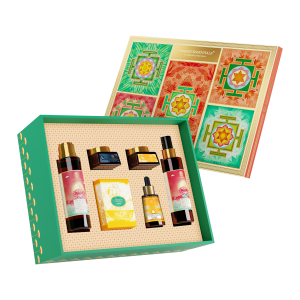
Old School Rituals–a recently launched Indian beauty brand is inspired by this very connection not just in the formulation of its products that borrow from age-old rituals but also in the packaging. “The realms of art and beauty are intricately intertwined. Anything related to beauty has to be artistic to complete the full circle, making the relationship symbiotic,” says Smita Vallurupalli, co-founder, Old School Rituals. The brand uses enchanting visuals of apsaras, or celestial maidens living in Indra’s heaven, as the personification of beauty in their packaging.
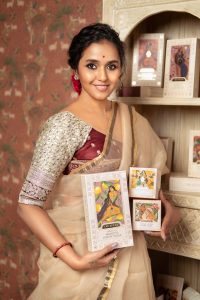
Old School Rituals
Similarly, beauty brands like Kama Ayurveda and Forest Essentials are not just inspired by Ayurveda for their products but also include it in the design narrative for their packaging and storytelling. From the former’s minimalist yet traditional colour palette and sketches to the latter’s vibrant illustrations inspired by Indian mythology and art, both brands have created a unique design language. “Our packaging is a canvas that reflects the richness of our formulations. Every intricate detail, inspired by traditional Indian art and motifs, is carefully designed to evoke a sense of luxury and authenticity,” says Mira Kulkarni, founder, Forest Essentials.
The Consumer Connect
Art collaborations demand investments in terms of both time and money, but does it form a real connection with consumers? And does it, eventually, serve as a potent marketing tool as intended? “In a country as diverse and culturally rich as India, storytelling through art is deeply ingrained in our DNA,” says Ramakrishnan. She suggests that when brands incorporate art into their communication, it resonates with consumers at a personal level. But not everyone
takes a keen interest in art, and for such shoppers, how does the design language work? Vallurupalli explains that, the visually compelling packaging and the brand’s rich backstory serve as the draw. “If the product lives up to its promise, they are not just customers; they become integral to the brand’s narrative, gradually immersing themselves in the storytelling experience,” she adds.
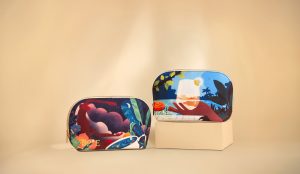
When a brand collaborates with an artist, it also brings with it their credibility, creativity, and philosophy to the brand. Consider MyGlamm’s collaboration with fashion designer Manish Malhotra. While the design becomes an extension of the artist involved, the products also become a doorway for people to enter into the unique imagination of the artist. This serves as a great tool for brands to recruit new customers. “The artistic representation works as a compelling vehicle to communicate brand values, fostering a connection with new customers and expanding its reach organically,” says Vallurupalli. She explains that using art as a marketing tool also transforms the experience beyond a mere transaction, offering a narrative-rich journey that resonates with the audience.
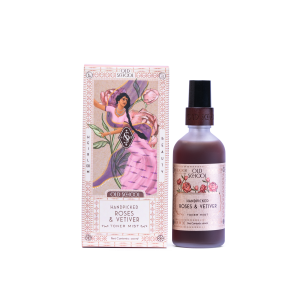
Art has the ability to initiate a dialogue, creating a lasting impact and memory that keeps leading you towards the brand. “The uniqueness and authenticity brought by art collaborations set the brand apart. According to Ramakrishnan, consumers increasingly appreciate brands that invest in creativity and offer exclusivity along with their products – consumers seek more than factual content. As enticing as it may seem, it’s not for brands looking for swift entry into the market and don’t have the time and money to spare. “It is not an easy fix and requires a team that shares the founder’s passion, firmly believing in the significance of weaving a meaningful narrative and embracing the philosophy of art in branding,” concludes Vallurupalli.
Read the full story on ELLE India’s new issue, or download your digital copy via Magzter.


